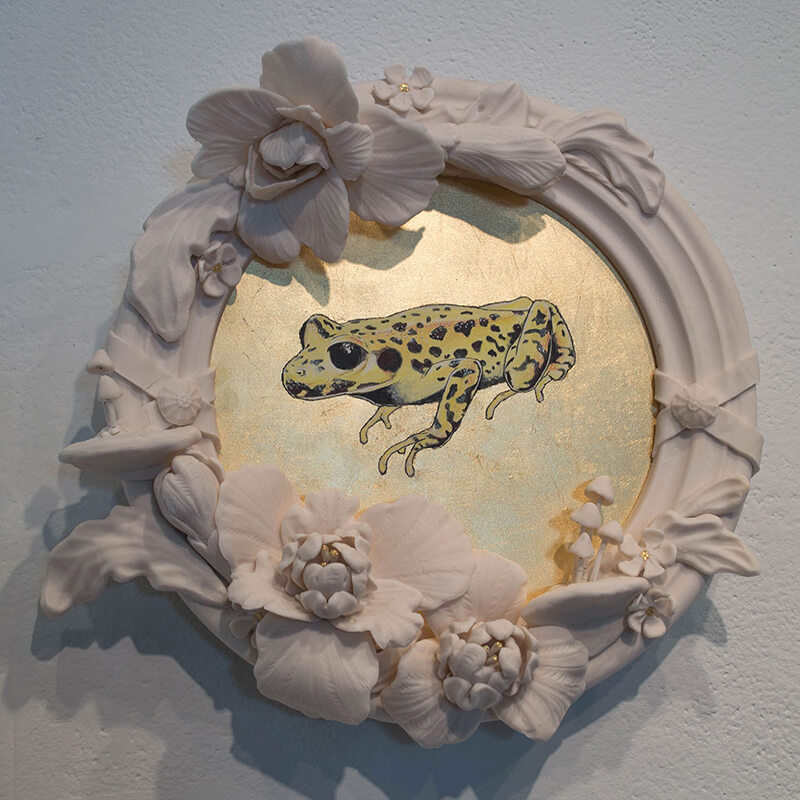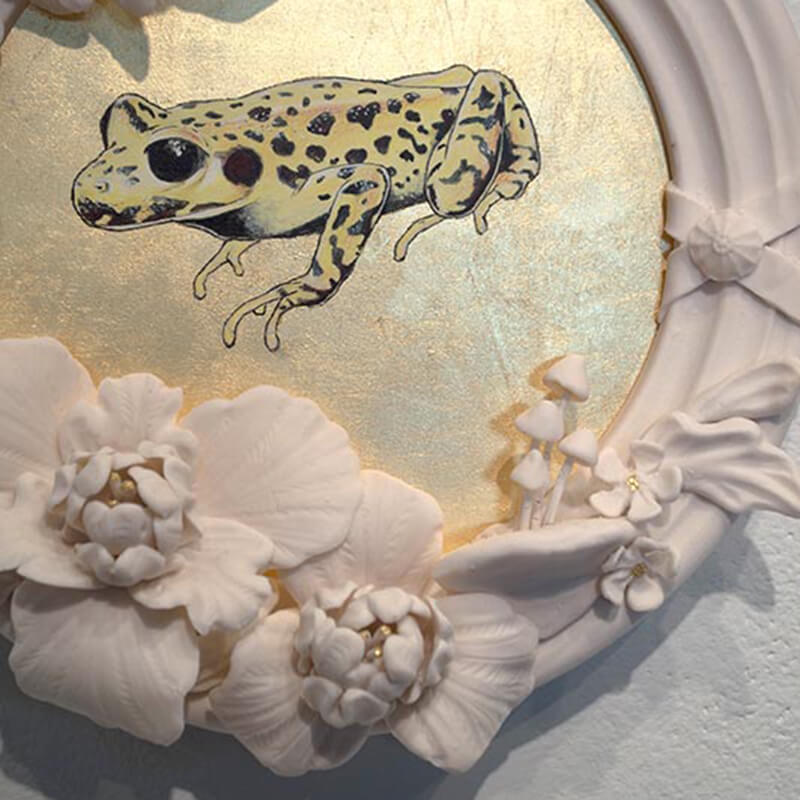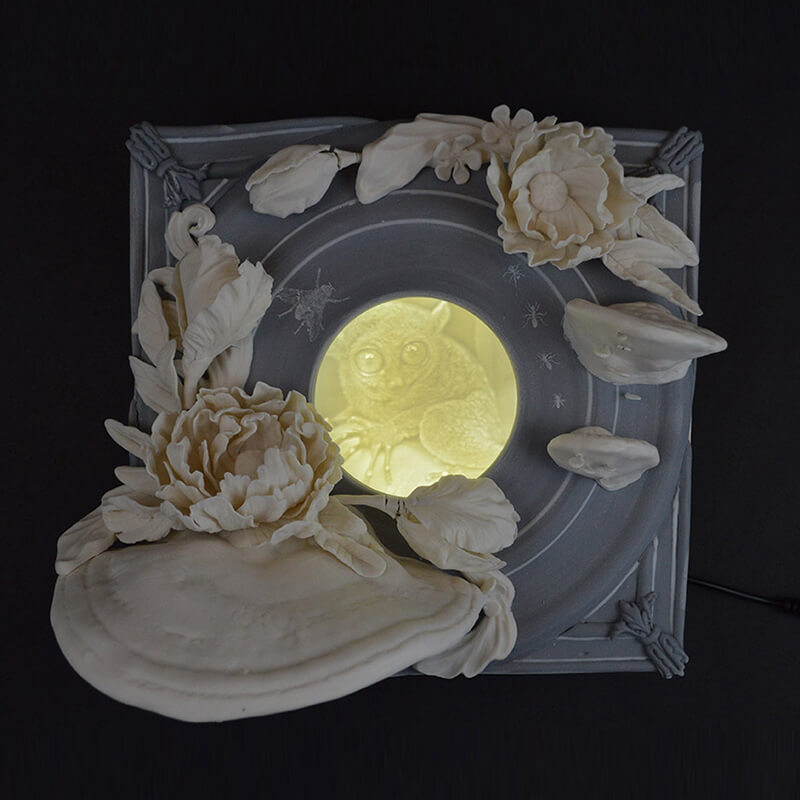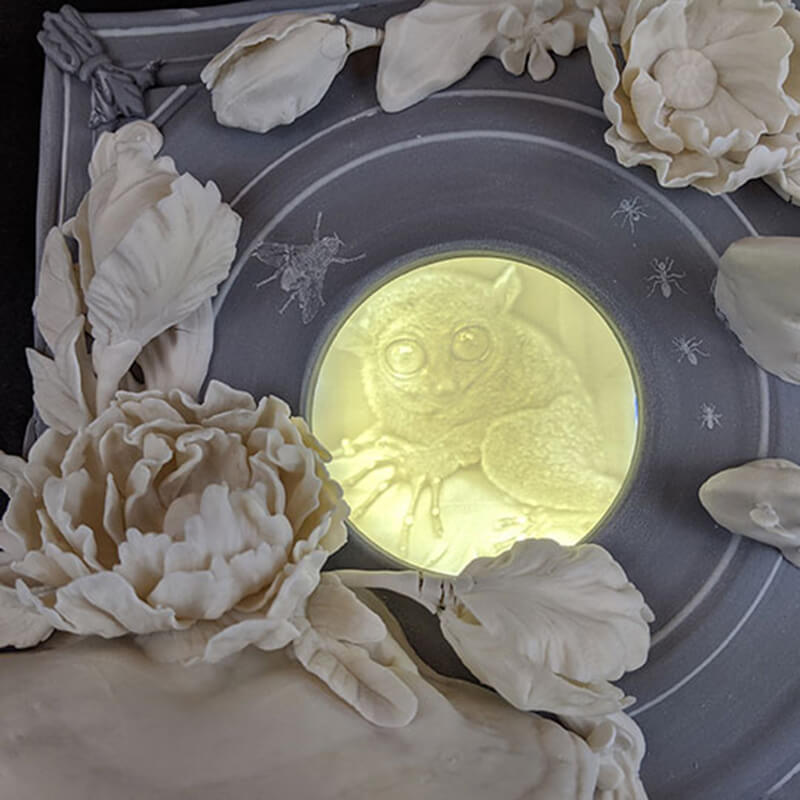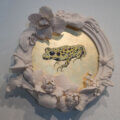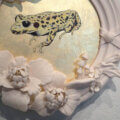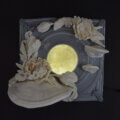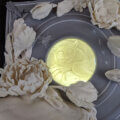
Red Lodge Clay Center – Short-Term Resident (AIA) 2022
Marnia Johnston collected specimens roaming the hills of Northern California where she was born and raised. She grew up raising goats, horses, frogs, birds, bugs and dogs and her outdoor experiences informed the focus of her work. Although she first pursued an interest in biology and illustration, she discovered that ceramics courses felt like her proper home. Today she creates mixed-media sculptures, with clay being the most utilized.
Marnia holds a BFA from San Jose State University and MFA from the California College of the Arts (CCA). She has been awarded the Visions from the New California Award, a James Irvine Foundation Fellowship, and completed residencies at the Exploratorium, Watershed Arts Center, Anderson Ranch, and a John Michael Kohler Arts/Industry residency. Her sculptures and drawings have been exhibited widely, including the Museum of Contemporary Craft and The American Museum of Ceramic Art. Her work can be found in several collections including the permanent collection of Jingdezhen Ceramic Art Museum, the Icheon World Ceramic Center and AMOCA. Her work has been recognized by the World Ceramic Biennale, South Korea with two diplomas of honor and a medal of honor. She continues to sculpt at her studio in the Castro in San Francisco, CA.
I’m a sculptor and interdisciplinary instigator frequently collaborating with engineers, biologists, anthropologists and tinkerers. I create projects exploring what Donna Haraway calls the “ideological struggle between life and social science”. I use robotics, ceramics, 3D printing, and various other media to incorporate themes surrounding mass production, ecology, resilience, and biological processes into my work.
My latest project, a series of portraits of Lazarus species, visually tell stories of plants and animals scientists previously thought were extinct but were subsequently found still alive. The frames are an integral part of the portraits, using the visual language of vanitas paintings, and are influenced by French funerary ceramic wreaths and the 18th century curiosity cabinets of Joseph Bonnier de La Mosson. The frames become overgrown with mushrooms, flowers and insects and symbolize the lost wild spaces. Like the specimens in de La Bonnier’s cabinets, many Lazarus species were considered bizarre or mysterious, and since rediscovery have become part of the pet or rare plant trade. The commodification of Lazarus species continues the practice of post-colonial cargo culture.

